blog
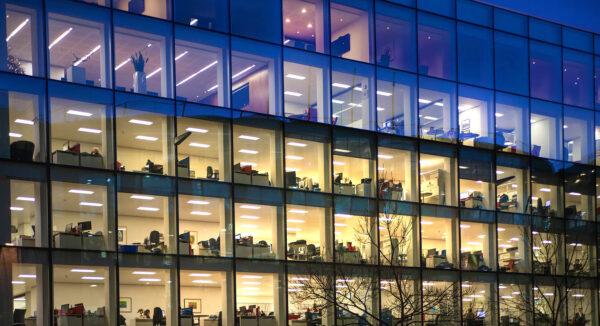
LED Lighting: A Tool for Enhancing Workplace Productivity
The Impact of LED Lighting on Workplace Environment LED lighting plays a significant role in shaping the workplace environment, directly impacting employee productivity and comfort. Traditional lighting often leads to issues like glare, flickering, and inconsistent light levels, which can cause eye strain and fatigue. LED lighting, on the other hand, provides uniform, natural-looking light […]

The Role of LEDs in Smart City Development
LEDs: The Foundation of Smart Urban Lighting The integration of LED technology is fundamental in smart city development, particularly in the realm of urban lighting. LEDs offer unparalleled energy efficiency, longevity, and versatility compared to traditional lighting solutions, making them an ideal choice for citywide lighting systems. Their integration into streetlights, traffic signals, and public […]

Innovations in LED Lighting for Home Automation Systems
The Integration of LED Lighting in Home Automation The integration of LED lighting in home automation systems marks a significant leap in smart home technology. LEDs are inherently compatible with digital control, making them ideal for home automation applications. By integrating LED lighting into home automation systems, homeowners can achieve unprecedented control over their lighting […]
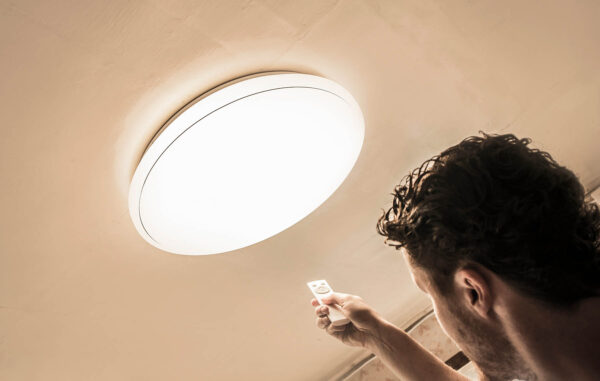
Understanding LED Dimming Techniques and Technology
The Basics of LED Dimming: An Introduction Understanding LED dimming techniques starts with grasping the basics of how LEDs function. Unlike traditional incandescent bulbs, LEDs don’t use a filament. They work by passing an electrical current through a semiconductor, which then emits light. Dimming in LEDs is achieved by manipulating this current. However, not all […]
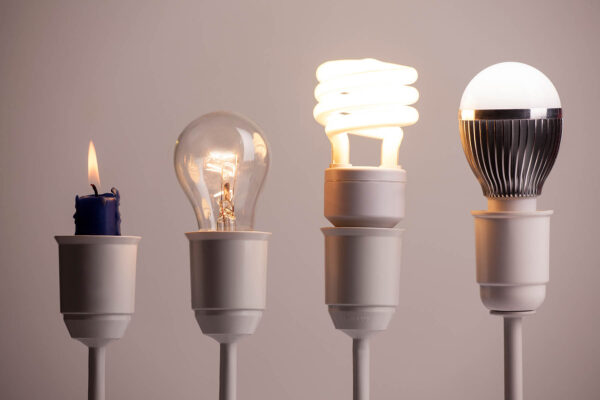
The Evolution of LED Lighting: A Historical Overview
The Origins of LED Technology: A Revolutionary Discovery The evolution of LED lighting begins with its inception in the early 20th century. The discovery of the light-emitting diode (LED) was a pivotal moment in lighting technology, marking a shift from traditional incandescent and fluorescent lights. In 1907, H.J. Round, a British experimenter, first observed electroluminescence, […]
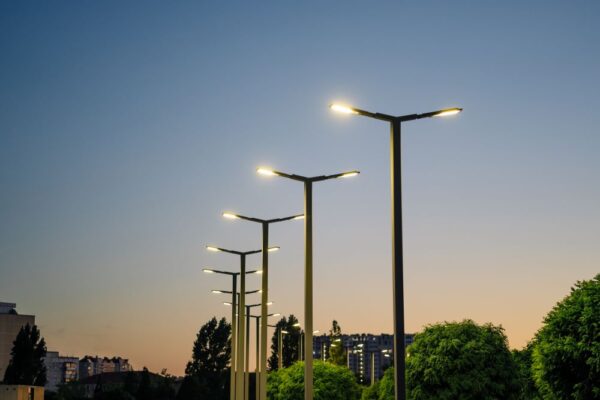
Economic and Safety Benefits of LED Street Lighting in American Cities
Los Angeles has already converted more than 75% of its more than 200,000 street light to LED technology. Chicago, New York, Shanghai, and Copenhagen are well into plans to convert their own street lighting to LED’s. Other smaller cities around the globe are considering the same thing. Cities that retrofit their street lighting to LED […]
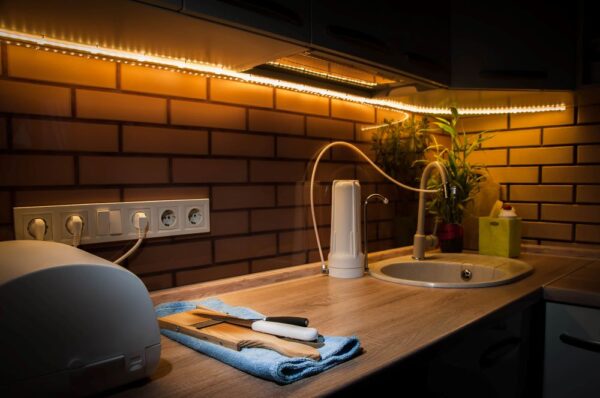
Improving the Heat Sink in Modern LED Fixtures
Many people understand that LED lighting uses fixtures that are cooler to the touch than traditional incandescent light bulbs. LED lights do not generate light in the infrared spectrum and are, in fact, both cooler and more efficient than incandescents. Unlike traditional light bulbs that typically convert less than 10% of electrical energy input into […]
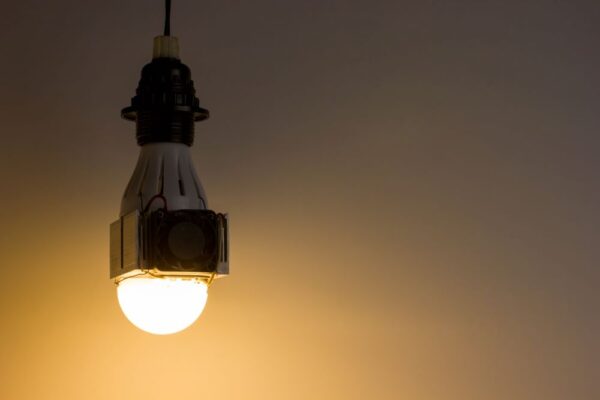
Thermal Management for LED Lighting Efficiency
From its first inception, artificial lighting has been notoriously inefficient. The first generations of incandescent lighting converted less than 5% of electrical power input into light, with the remaining power being dissipated as excess heat. Over time, efficiency improvements improved that number only slightly for incandescent fixtures but new lighting technologies, including LED systems, made […]
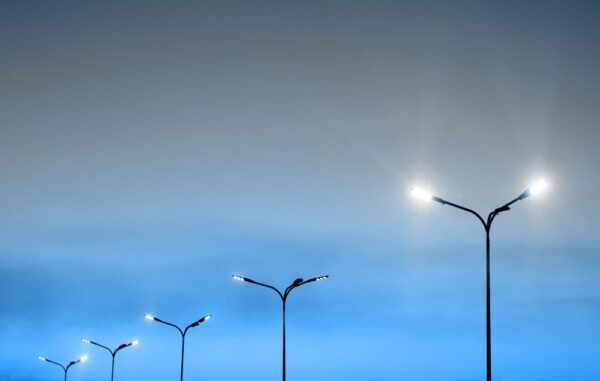
Adjusting Street Lighting to Accommodate the AMA’s Health Concerns
A recent study published by the American Medical Association (AMA) might have dimmed the ardor of municipalities that have been considering retrofitting their street lighting to LED systems. The AMA has specifically cautioned that because of their brightness, LED lights create more glare that leads to eyestrain and fatigue. Further, the Association has cautioned that […]
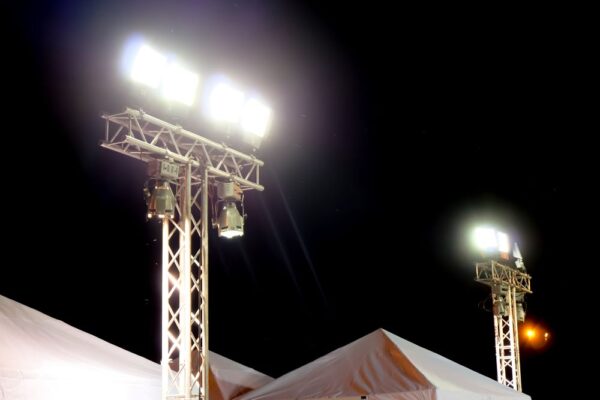
The Slow Death of Metal Halide Lights
Metal halide lights have been the de facto standard for illumination of outdoor and large indoor spaces for more than fifty years. Sports arenas, in particular, have relied on metal halide and similar technology to illuminate playing fields and arenas, but as that technology has aged, the operators of those facilities are seeing its drawbacks. […]
